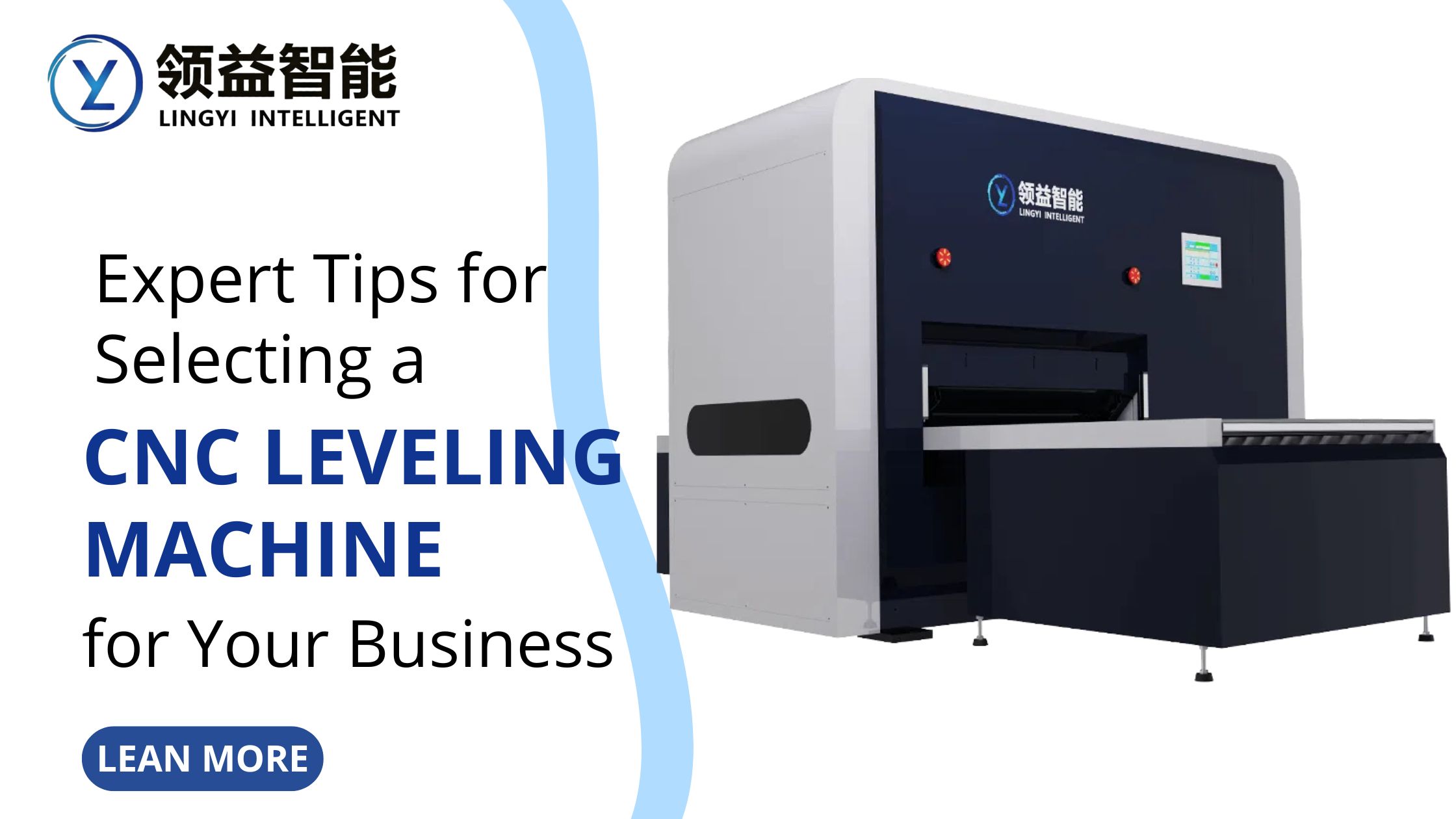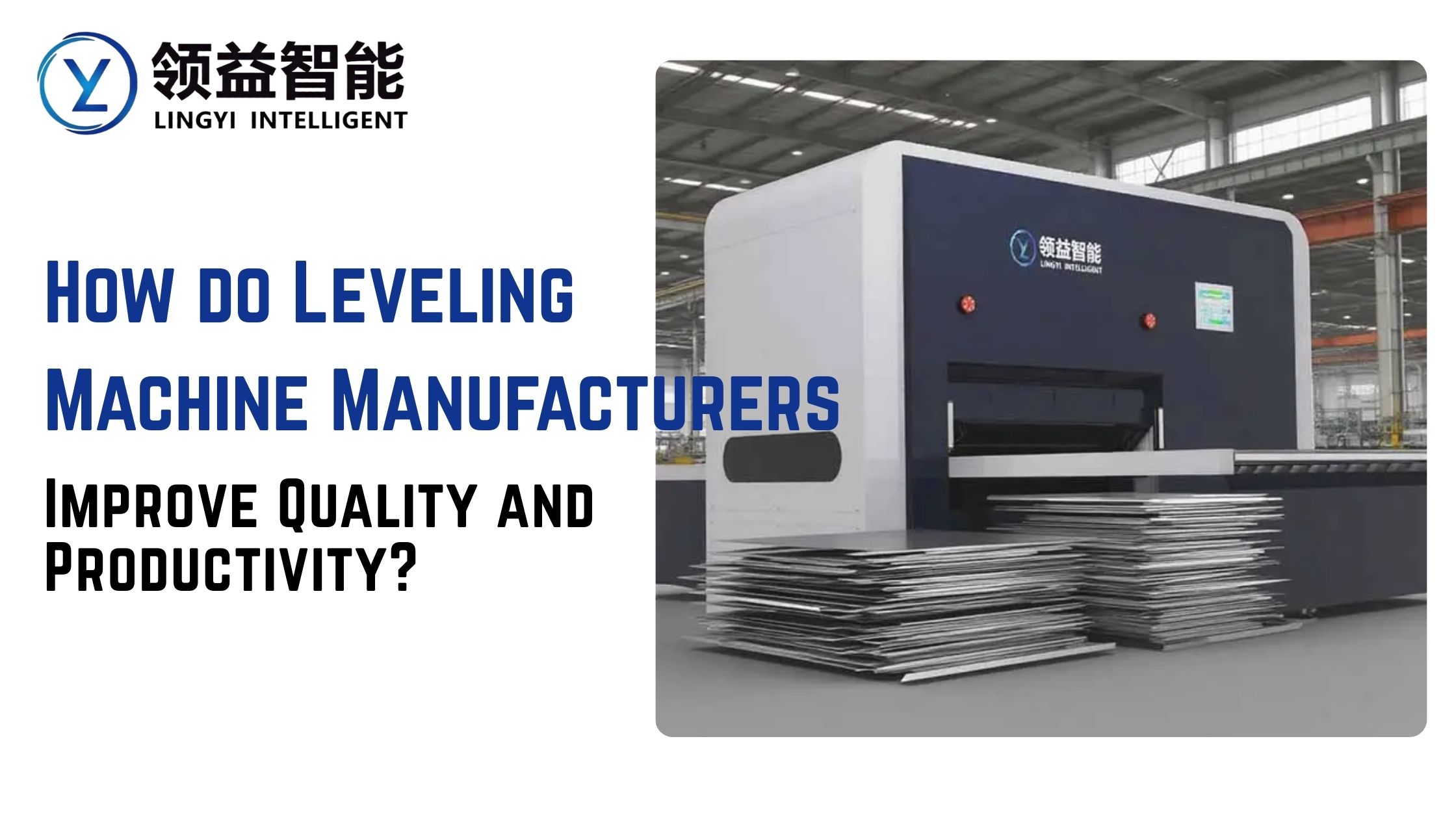Metal parts are at the heart of countless industries, from automotive to aerospace, and achieving a smooth, durable surface is crucial for both functionality and aesthetics. The surface quality of metal components can impact performance, longevity, and even safety.
If you’re wondering how to enhance the finish on your metal parts, understanding the metal finishing process is the first step. In this guide, we’ll explore five effective methods to improve surface quality, addressing common challenges and offering practical solutions.
Did you know?
Even tiny burrs left on metal parts can cause safety risks, assembly issues, and long-term performance failures.
1. Mechanical Deburring: Smooth Out Rough Edges
One of the most common pain points in metalworking is leftover burrs from cutting, milling, or drilling. These tiny metal fragments can compromise assembly and create safety risks. A mechanical deburring process is highly effective for removing these imperfections. Using tools like brushes, files, or specialized machinery, manufacturers can achieve a uniform, polished surface.
For large-scale production, a deburring machine is often the best choice. It ensures consistent results across multiple parts, saving time and reducing the risk of human error. Selecting the right machine depends on the size, shape, and material of your components, and consulting reliable deburring machine manufacturers can help you choose equipment tailored to your needs.
2. Grinding and Polishing: Enhance Smoothness and Shine
Grinding and polishing are key steps in the metal finishing process. Grinding removes rough spots and levels surfaces, while polishing provides a mirror-like finish that enhances both appearance and corrosion resistance. This method is particularly effective for parts with tight tolerances where precision is crucial.
Polishing wheels, belts, and compounds come in various grades to suit different metals and surface roughness. Investing in a good deburring process machine can automate grinding and polishing for repetitive production, ensuring every piece meets quality standards without excessive manual labor.
3. Chemical Surface Treatments: Protect and Beautify
Chemical treatments are another effective way to improve surface quality. Techniques such as passivation, anodizing, or plating can remove microscopic imperfections and protect metal parts from corrosion. By creating a uniform protective layer, chemical treatments enhance both the durability and the visual appeal of the components.
This approach is especially valuable in industries where exposure to moisture, chemicals, or extreme temperatures is everyday. Combining chemical treatments with prior mechanical finishing ensures that surfaces are not only smooth but also resistant to wear, which can reduce long-term maintenance costs.
4. Electrochemical Finishing: Precision at Micro-Level
For ultra-precise surface improvement, electrochemical methods like electropolishing are highly effective. This process removes a thin layer of metal at the microscopic level, eliminating rough edges, burrs, and contaminants that mechanical methods might miss.
Electropolishing is widely used in high-tech applications, such as medical devices and aerospace components, where surface integrity can affect performance. Pairing this with a proper metal finishing process ensures superior results, offering a combination of aesthetic quality and functional precision that mechanical methods alone cannot achieve.
5. Vibratory Finishing: Efficient Batch Processing
Vibratory finishing is a cost-effective method for improving surface quality on multiple parts simultaneously. In this process, components are placed in a vibrating chamber with abrasive media that gradually smooths edges, polishes surfaces, and removes micro-debris.
This method is ideal for small to medium-sized parts that require consistent finishing without intensive manual effort. Using a reliable deburring process machine can enhance the efficiency of vibratory finishing, making it a practical choice for manufacturers seeking both quality and productivity.
Why Surface Quality Matters More Than You Think?
High-quality surface finishing isn’t just about aesthetics. It directly impacts product performance, safety, and lifespan. Poorly finished parts can lead to premature wear, assembly issues, and even operational failures.
By investing in a complete metal finishing process, you protect your products, enhance brand reputation, and reduce costly rework. Whether using mechanical deburring, chemical treatments, or vibratory finishing, each step contributes to smoother, more durable, and visually appealing metal components.
Enhancing the surface quality of metal parts doesn’t have to be complicated. By understanding the benefits of different finishing methods and implementing a proper metal finishing process, manufacturers can achieve smoother, safer, and more durable components.
From mechanical deburring to chemical and electrochemical treatments, each technique addresses specific pain points, ensuring your products meet the highest standards. Investing in the right tools, including a reliable best deburring process, ensures efficiency, consistency, and exceptional results every time.
For expert guidance and high-quality solutions, imachine is here to support you.
Key Takeaways
- A proper metal finishing process enhances the durability, performance, and visual appeal of metal parts.
- Mechanical deburring and polishing are essential for removing rough edges and achieving smooth surfaces.
- Chemical and electrochemical treatments add corrosion resistance and micro-level precision.
- Vibratory finishing is a time-efficient method for batch processing multiple components.
- Partnering with trusted deburring machine manufacturers ensures consistent quality and productivity.
Frequently Asked Questions
Q1. What is the best method to remove burrs from metal parts?
Mechanical deburring using specialized tools or machines is the most effective method for removing burrs safely and consistently.
Q2. How does polishing improve metal part performance?
Polishing reduces surface roughness, minimizing friction and wear, which extends the lifespan and efficiency of metal components.
Q3. Can chemical treatments replace mechanical finishing?
No, chemical treatments complement mechanical processes by providing corrosion resistance and a refined surface, but they cannot entirely remove burrs or rough edges.
Q4. Is vibratory finishing suitable for all metal parts?
Vibratory finishing works best for small to medium-sized parts with consistent shapes, but complex or oversized components may require alternative methods.
Q5. How do I choose the right deburring machine?
Selecting a machine depends on part size, material, production volume, and desired finish. Consulting deburring machine manufacturers helps identify the best fit for your operations.



